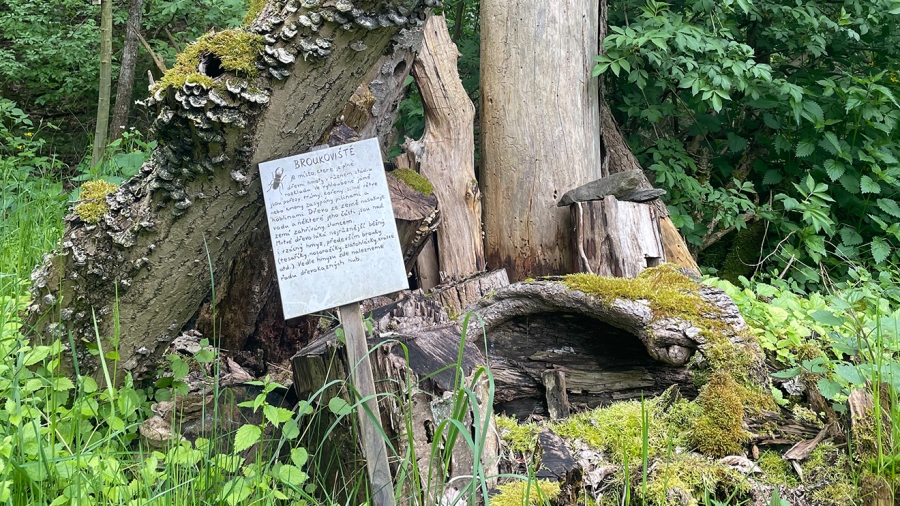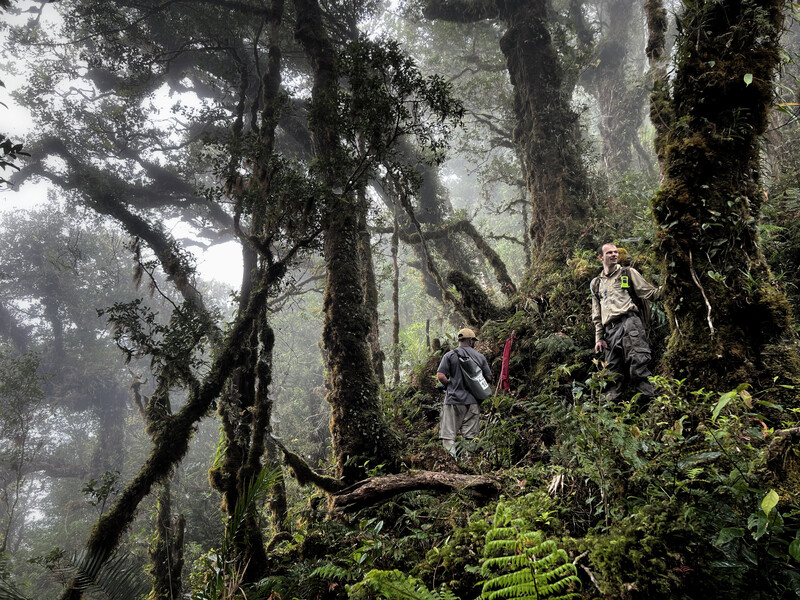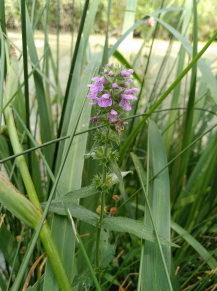Although wild creatures are adept homemakers, you may find that going the extra mile to welcome them into your neighborhood pays off. A Rocha Czech Republic’s environmental centre has a two-hectare garden teeming with life, testament to the work they’ve done to create all sorts of habitats and homes for local wildlife.
There is a heap of leaves inside a dry stonewall for snakes. Two insect hotels have rooms to suit all manner of preferences. Inside the drawers are dark corridors, off which little compartments sit for bees to deposit their larvae safely before heading off to gather pollen from the numerous varieties of native flowers allowed to blossom where they will. The six ponds are full of frogs, fish and newts, a fertile feeding ground for birds. Brightly coloured dragonflies dart above the water.
Inside a manmade hillock, there’s a chimney – the perfect little house for breeding Kingfishers Alcedo atthis, complete with perches and inviting burrows. A composting area is fronted with plexiglass so you can peek in on the earthworms in their underground home. Tall reeds have been propped up, providing cover in an open area. Badgers raise their families in sets on the wooded edges of the property, sometimes coming into view via the camera trap at night.
Any time spent in this natural wonderland restores vision for God’s good design in creation – where each living thing has its place, the right to belong and the ability to live alongside others in peace and harmony. It serves as a reminder that although humans often make a situation worse, we can also make it better.





